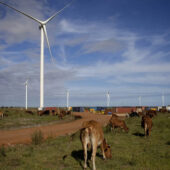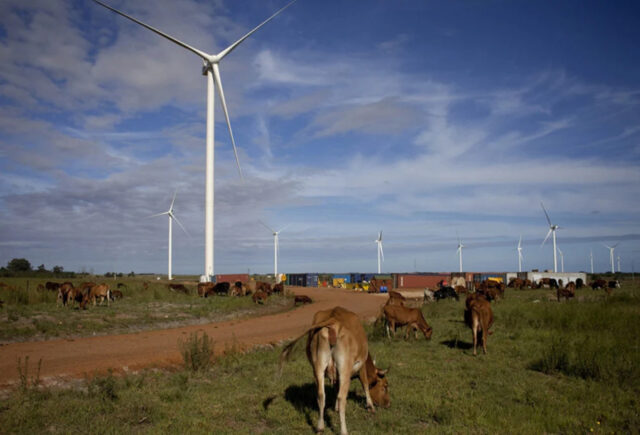To mark International Women’s Day, Impact Investor talks to four women investing in female-led businesses or those providing products or services aimed at improving the lives of women and girls around the world

Gender lens investing, described by the Global Impact Investing Network (GIIN) as “a strategy or approach to investing that takes into consideration gender-based factors across the investment process to advance gender equality and better inform investment decisions,” is gathering pace but there is still room for progress.
According to impact investment consultancy Phenix Capital, of the more than 2050 impact funds listed on its database today, 315 are gender lens funds, up from 233 in September 2021. Of these, 105 are women-led organisations, up from 69 over the same time period.
With total capital commitments of €33bn to gender lens funds on the database, up from €18bn in September last year, this is a fast-growing market.
Regional distribution of capital commitments and fundraising have historically favoured gender lens investments in global strategies (28.9%), Asia (17.1%) and North America (16.7%), but current fundraising efforts are favouring Europe with 20.7% of the market.
In terms of sectors, historically, health services (16.3%) and education (12.3%) have received the highest capital commitments but current fundraising efforts have pushed financial inclusion into first place, with 18% of investments going to the sector.
To mark International Women’s Day, Impact Investor spoke to four impact investors leading the charge in gender lens investing.
Simone Brummelhuis, Borski Fund:
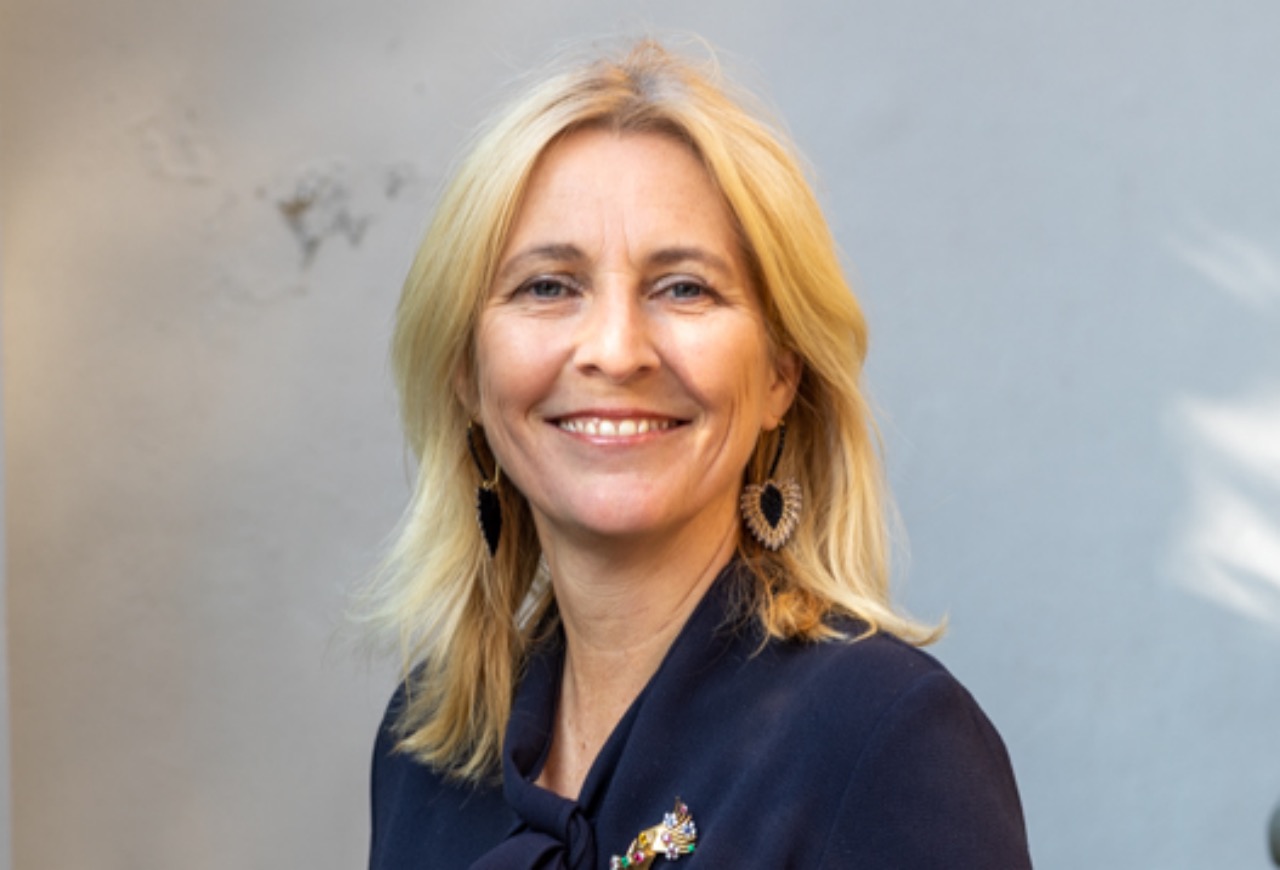
“At Borski Fund, we see the challenge as three-fold. We need to address the wealth gap and we’re doing that by investing in female-led and female co-founded businesses because these women will change the ecosystem when they become successful; the second is the innovation gap, and we are addressing this by targeting business areas such as fem-tech, which provide solutions to problems that women encounter; and thirdly, we want to plug the funding gap by attracting investors who want to commit their money to the next generation of female entrepreneurs.
Gender lens investing is not about female-led funds or funds that target female entrepreneurs being better than men-led funds. This is missing the point. What we want is to invest in the myriad of growth opportunities that exist in female-led businesses, which if not addressed will have a detrimental impact on health as well as on the economic wealth of women.
A lot of female fund managers are new to the game and have a hard time building their network and attracting investors. To address this, we joined the European Women in Venture Capital Group last year in calling on the EU’s research commissioner to allocate €3bn to a fund of funds targeting female fund managers.”
Jennifer Buckley, Sweef Capital:
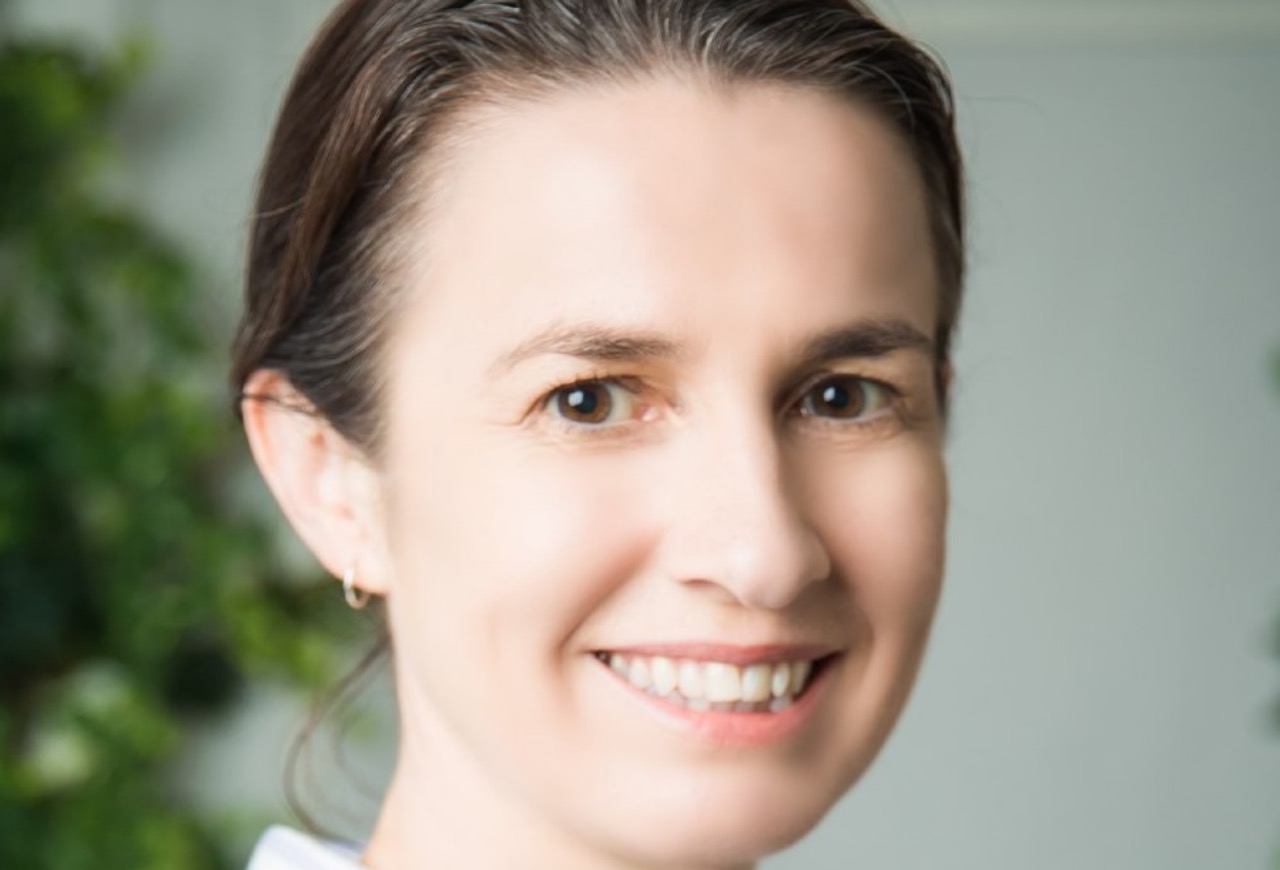
“In South East Asia where we operate, the sectors we target such as healthcare, education and food, have a high prevalence of women in the workforce and the business models are designed to address gaps based on founders’ personal experiences. These women are of an age when they are starting their own families, so are more invested in finding solutions for the future, be it in education, in promoting a healthy lifestyle or producing sustainable and nutritious food.
It is forecast that within 5-10 years, 80% of household spending decisions in the region will be made by women. So, harnessing the growth potential of this buying power by investing in firms delivering the products and services that better meet the needs and priorities of women and their families, is a no brainer for us.
As it stands, the region remains under- invested from a private equity perspective. There are far fewer growth capital funds here as compared with Europe, and although this is good news for harnessing the pipeline of opportunities, it’s still a challenge getting investors to look seriously at the growth potential of the region. They are now on board with climate, it’s time for diversity to be at the same level and for investors to really treat it as an asset class.”
Katharina Seiler, DWS Invest ESG Women for Women fund:
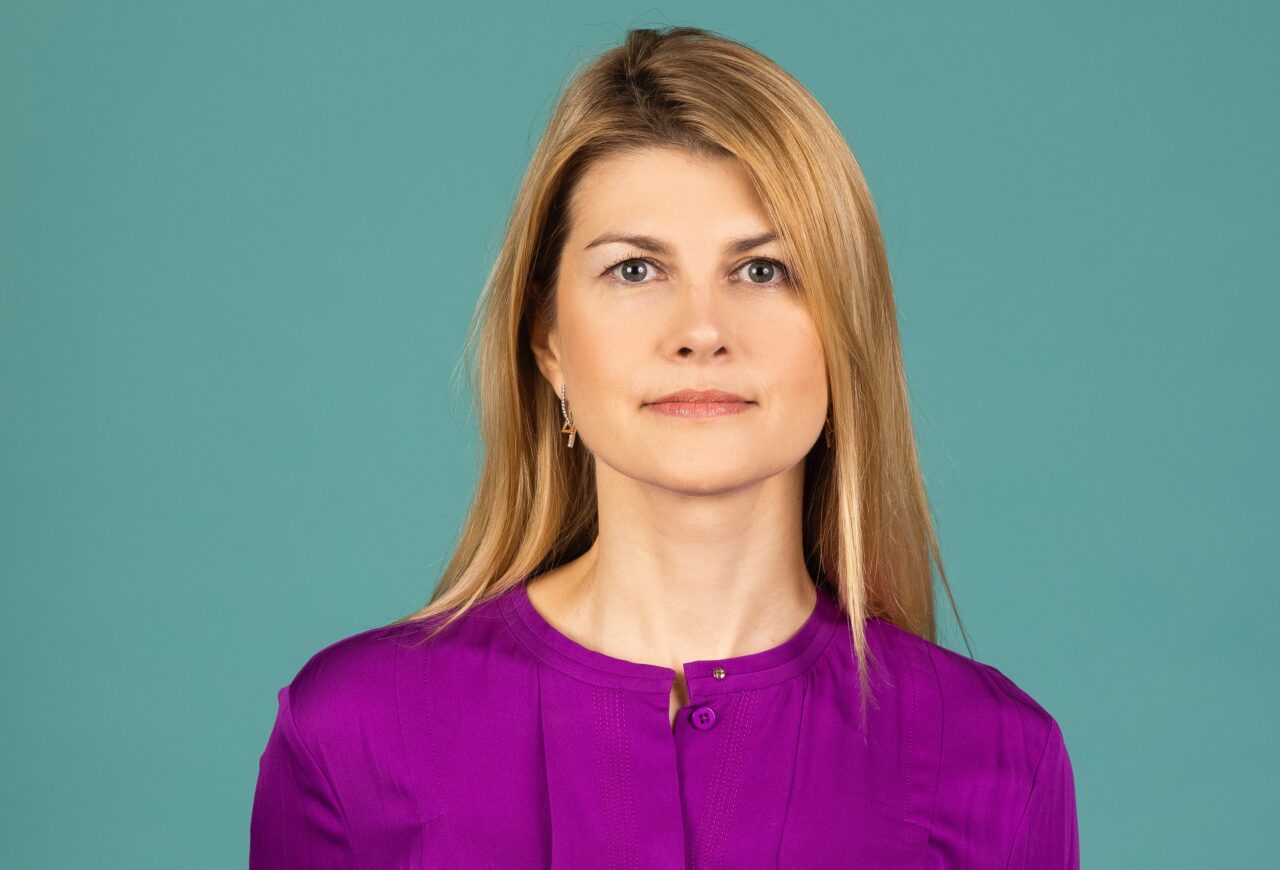
“My idea for a women for women fund is 10 years old, but it is only in the last couple of years that people are speaking up and demanding more investment in this area. I think global movements such as MeToo and Black Lives Matter have showcased the need for more diversity, and social media has definitely been a key driver, making people feel more empowered.
We are seeing opportunities across industries, with gender and diversity becoming more integral to the DNA of companies. Not all are best-in-class but many are showing a willingness to improve. We are even finding great opportunities in the male-dominated Silicon Valley.
And looking across regions, any measure of progress is often dominated by culture. In the US for example, where the Black Lives Matter movement started and where non-white people make up 47% of the population, diversity is perhaps more centre stage, whereas in Europe gender and age is becoming a bigger focus for companies. In Asia, there are some best-in-class companies, but the region is trailing behind and needs greater support.
The pandemic threw a spotlight on inequality and the fact that women bore most of the burden of caring for children and other dependents, but it also ushered in structural changes, which I believe have the potential to substantially change many social aspects in a positive way.”
Christin ter Braak-Forstinger, Chi Impact Capital:
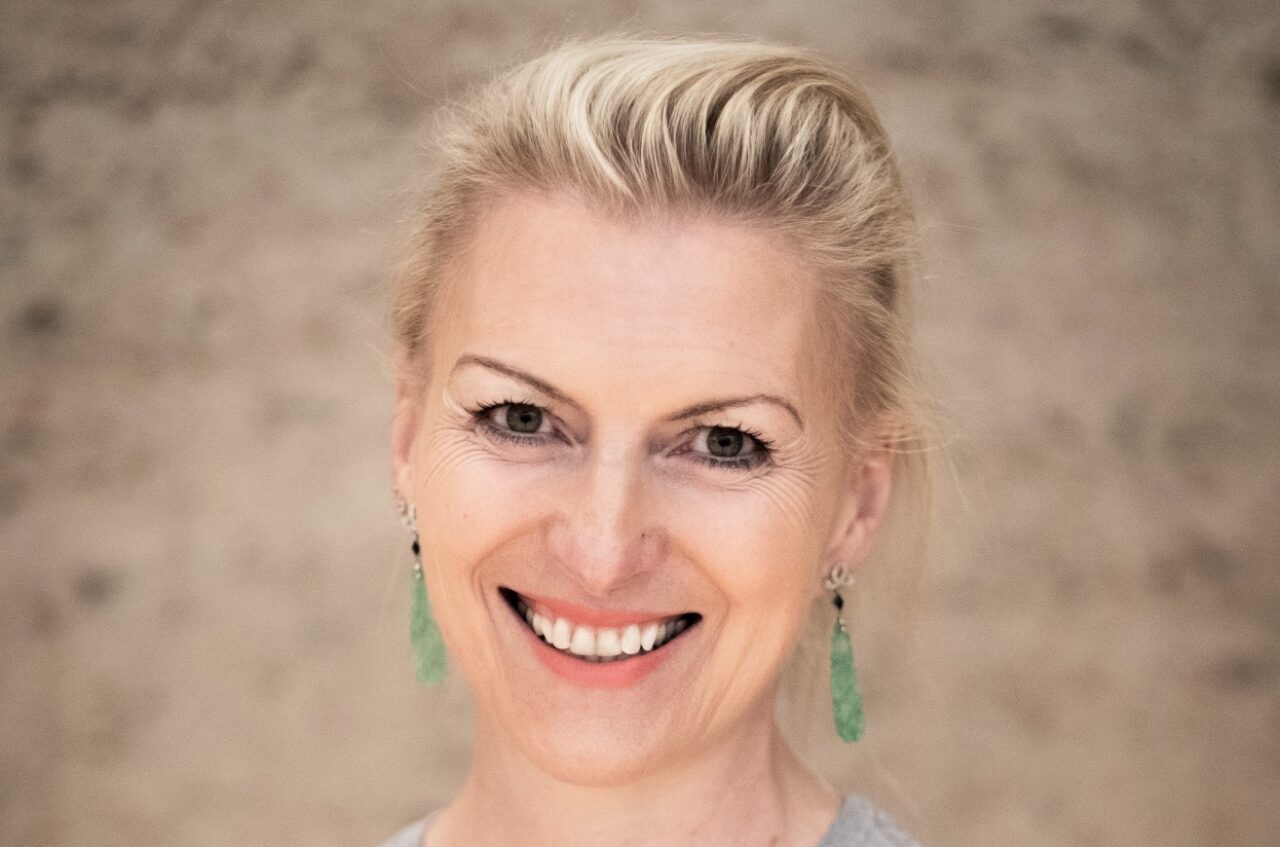
“Current research and practice show that the integration of gender-based factors into the investment process does not only lead to stronger impact outcomes and advances gender equality but also improves business outcomes and business value. Today, we know that gender equality is a win-win for society as well as for business.
We believe that gender justice and climate justice in a broader sense, including biodiversity, go hand-in-hand and are equally required to achieve a regenerative economy. We are convinced that addressing gender and climate together has the potential to enhance financial returns, climate returns and of course gender returns, while lowering investment risk.
Just recently, we had the wonderful opportunity to co-author a white paper on the topic of ‘Mainstreaming gender-smart investing to accelerate the transformation of food systems under a changing climate’, with a focus on the important role that women play in the food system’s transformation in developing countries. But also here in Europe, gender equality has been red-flagged as a ‘burning SDG’, which is why achieving gender equality is also of utmost importance in developed economies.
In my view, whether you’re speaking about developing or developed economies, women should no longer be seen simply as the sole beneficiaries of impact driven money, but far more as the shapers of the impact economy.”




